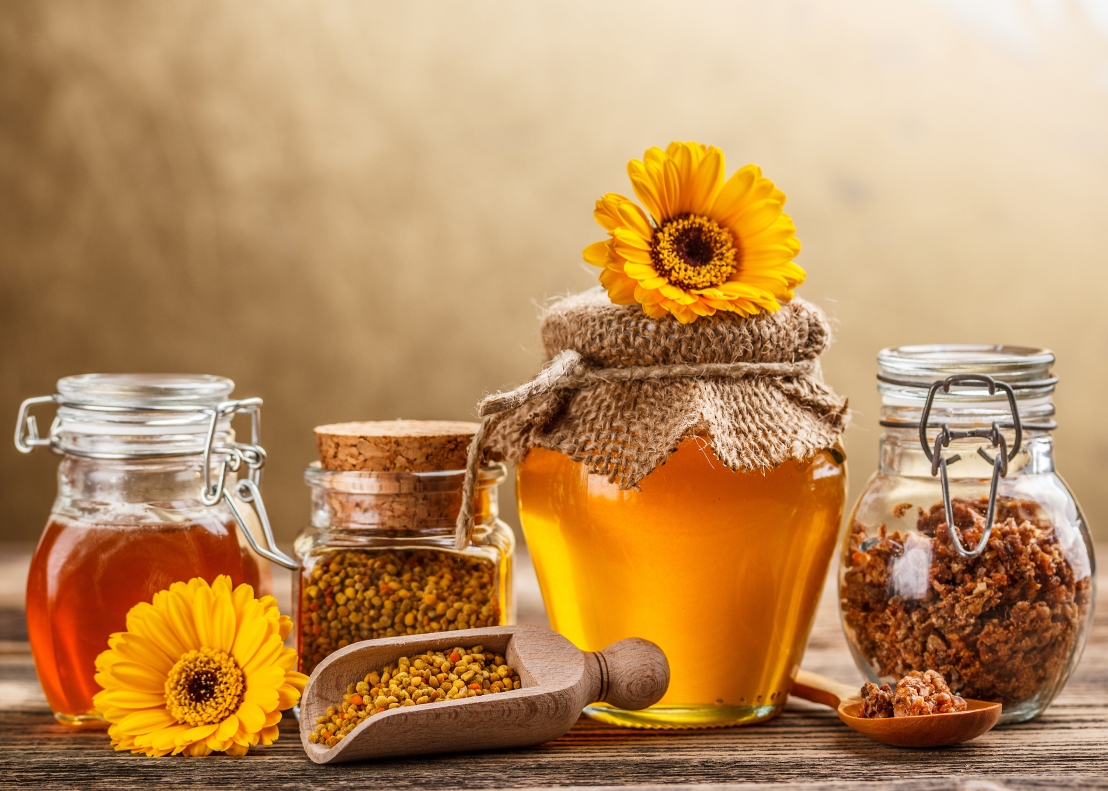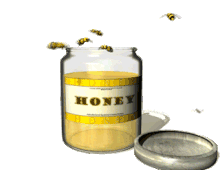Honey and its nutritional and anti-inflammatory value

Abstract
Inflammation is the main key role in developing chronic diseases including cancer, cardiovascular diseases, diabetes, arthritis, and neurodegenerative diseases which possess a huge challenge for treatment. With massively compelling evidence of the role played by nutritional modulation in preventing inflammation-related diseases, there is a growing interest into the search for natural functional foods with therapeutic and preventive actions. Honey, a nutritional healthy product, is produced mainly by two types of bees: honeybee and stingless bee. Since both types of honey possess distinctive phenolic and flavonoid compounds, there is recently an intensive interest in their biological and clinical actions against inflammation-mediated chronic diseases. This review shed the light specifically on the bioavailability and bioaccessibility of honey polyphenols and highlight their roles in targeting inflammatory pathways in gastrointestinal tract disorders, edema, cancer, metabolic and cardiovascular diseases and gut microbiota.
Background
Honeybees which are named in Latin as Apis, use the collected nectar from plants to produce honey after regurgitation and digestion of nectar. Several biological compounds from honeybees are added during honey formation. Honeybees store honey to be used during winter. Their wings fan the honey to evaporate the water content in nectar to avoid fermentation of honey. Honey has been used to treat a variety of ailments such as gastric disturbance, skin burn and ulcers [1]. Currently, two types of honey are produced globally: traditional Apis mellifera honey and stingless bee honey. Honey has been reported to have healthy benefits which are antioxidant [2], anti-proliferative [3], and anti-bacterial [4]. The purpose of this review is to summarize another aspect of the honey’s health benefit which is the anti-inflammatory studies of honey underlying the possible mechanisms involved in the response to honey supplementation on inflammation-mediated chronic diseases as proposed by a wide collection of scientific papers in the literature.
Honey composition
Honey contains macro and micronutrients which depends basically on various factors: 1) bee type, 2) floral source, and 3) environmental and processing factors. In general, there are approximately 200 compounds in honey such as sugar, protein, enzymes, minerals, vitamins, amino acid, and a wide range of polyphenols. The variety ratio of these compounds results in different color, taste, viscosity, and therapeutic activities of each honey. In this sense, the combination of all these compounds perform synergistically in different aspect of applications [5]. Most of the honeys over the world share 80% of the physical properties and chemical composition. Based on that, various methods have been developed to discriminate the entomological origins of honey and other factors using nuclear magnetic resonance [6]. The previous techniques provide the literature with specific results related to the differences in composition between Apis mellifera honey and stingless bee honeys.




Comments : 0